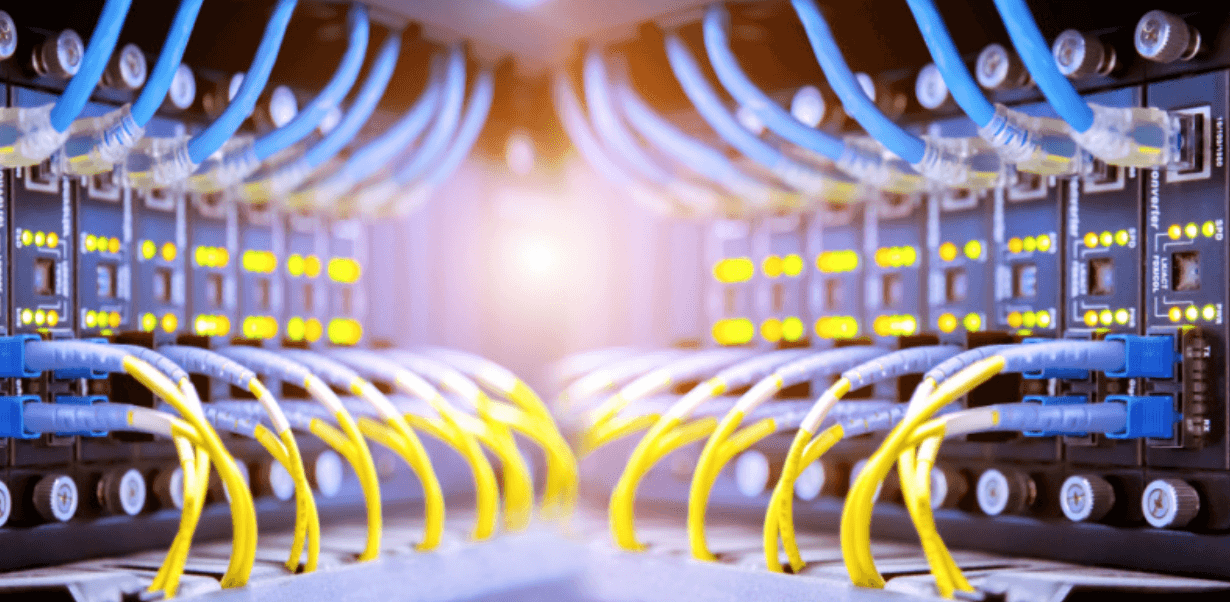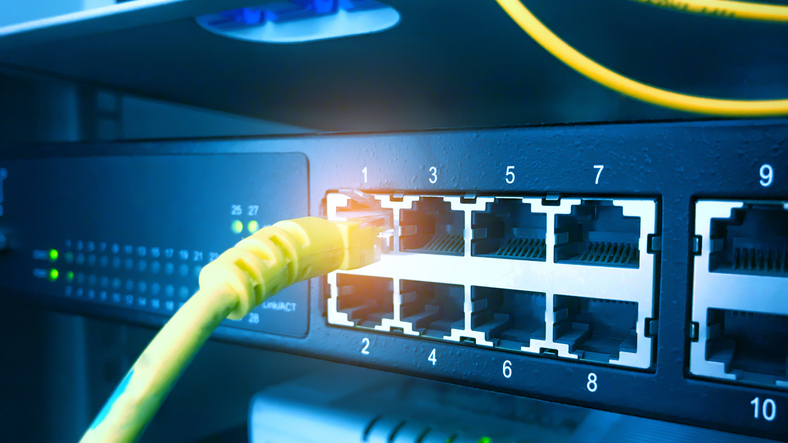Choosing between Meraki switches and Cisco Catalyst switches is more than a hardware decision. It is a strategic choice that shapes network operations, management workflows, and long‑term scaling. Both platforms deliver excellent reliability and performance. Yet they serve different organizational needs. This article breaks down the fundamental differences between Meraki and Catalyst switch architectures, helping you choose the right one based on your operational goals and technical environment.

Cisco Catalyst switches deliver a traditional enterprise experience. They rely on command‑line interfaces, modular hardware options, and deep protocol stacks. Teams familiar with CLI configuration, border gateway protocol, or multicast optimization will find Catalyst a natural fit. Deployments in campus cores, data centers, or service provider environments can fully leverage Catalyst’s flexibility and customization.
By contrast, Meraki switches aim for simplicity and cloud‑centric management. Each switch automatically communicates with the Meraki cloud dashboard. Configuration, firmware updates, and troubleshooting are handled online. Zero‑touch provisioning arrives with plug‑and‑play ease. For distributed environments such as branch offices, retail stores, or schools, this streamlines deployments and lowers operational friction.
When comparing Meraki vs. Catalyst, consider your network team’s expertise. Catalyst supports CLI engineers and complex protocol design. Meraki favors centralized remote management and rapid roll‑out.
Catalyst environments rely heavily on CLI, SNMP, and Cisco DNA Center. Engineers can script advanced workflows, leverage telemetry data, and perform live troubleshooting. This model supports environments that integrate third‑party tools or require in‑depth diagnostics.
Meraki delivers a single management interface via a web dashboard. All switches, access points, and gateways appear together. Teams get real‑time topology and device health insights. Application‑level visibility and alerting appear without heavy configuration. Firmware updates are scheduled centrally and executed instantly—no local maintenance required.
For large distributed environments, Meraki switches reduce ongoing IT burdens. They make monitoring remote outages or policy violations straightforward. Without sacrificing security or visibility, operations are simplified.
Cisco Catalyst supports everything from standard routing to specialized features. Catalyst switches support BGP, OSPF, MPLS, multicast, MACsec encryption, and role‑based access control. Organizations requiring granular control over Layer 2 and Layer 3 parameters can rely on Catalyst for deep customization and compliance readiness.
Meraki MS switches support essential routing and segmentation: Layer 3 static routes, VLAN trunking, DHCP, and basic OSPF support. While they lack advanced enterprise protocols, they deliver application visibility via Layer 7 rule sets. Tools like network group policies and port‑level access controls are deployed through the dashboard.
If completeness and protocol precision matter to your network, Cisco switches are unmatched. On the other hand, Meraki switches offer streamlined features that meet the needs of more cloud‑focused or lean‑IT environments.
Catalyst integrates tightly with Cisco ISE, TrustSec, and MACsec. These technologies enable identity‑based access, secure segmentation, and zero‑trust policy enforcement. Critical industries like finance, government, or defense often rely on Catalyst’s layered security controls.
Meraki MS provides 802.1X authentication, ACLs, RADIUS integration, and client visibility. It includes policy templates that make it easier to ensure baseline compliance across distributed locations. Integrations with Cisco Umbrella and DNS content filtering help add additional security value in branch environments.
In essence, both series enforce strong security. The choice comes down to Vanguard-style security versus streamlined compliance. Meraki switches are ideal for fast‑moving deployments. Cisco Catalyst switches better serve regulated and high‑risk environments.

Catalyst models scale from compact 9200 series for small sites to high‑density 9500 series for core and distribution roles. Options for stacking, redundant power supplies, hot‑swappable modules, and high‑PoE budgets are standard. Uplink flexibility with 10G and beyond gives wide design latitude.
Meraki MS options include high-capacity models like MS450, mid-size MS225, and compact MS130 for edge locations. These switches support PoE, 10G uplinks, and stacking. Redundant uplinks are configured via link aggregation. While they lack redundant power supplies, fewer moving parts simplify field operations.
Catalyst excels in critical‑availability environments. Meraki switches excel in environments prioritizing remote deployment, central oversight, and operational efficiency.
Catalyst line licensing involves DNA Center with Essentials or Advantage tiers. Each tier unlocks features and updates. Hardware support remains subject to contracts, licensing updates, and third-party compliance requirements.
Meraki implements a single‑license model per device, which includes firmware, support, and dashboard access. Each license term typically spans 1, 3, 5, or 10 years. Pricing is predictable and scalable. The model rewards remote rollout without onsite support.
For those comparing Meraki vs. Catalyst, Meraki offers straightforward licensing. Catalyst’s flexible feature access may incur extra management overhead.
Distributed enterprises with limited local IT should favor Meraki switches to enable remote oversight, centralized security, and reduced travel. Schools and retail chains benefit from rapid provisioning and minimal operational costs.
Large institutions with stringent security requirements typically deploy Cisco Catalyst switches to leverage policy depth, compliance readiness, and complex routing technologies. Data centers and enterprise campuses gain from Catalyst’s modular capabilities.
Verticals such as manufacturing, finance, and government often opt for Catalyst when detailed architecture control is essential. In contrast, service provider campuses and multi-site franchises can operate efficiently with Meraki’s cloud-first simplicity.
Cisco provides both switch lines with complementary strengths. While Catalyst delivers granular control and deep protocol support, Meraki offers centralized simplicity and rapid deployment. Both ecosystems continue to evolve with cross-platform integration, such as Meraki exposing Catalyst flow logs in its dashboard.
Stratus Information Systems guides organizations through this pivotal decision. We align technology selection with operational capacity, compliance requirements, and future network plans. Our team supports everything from licensing to deployment and ongoing maintenance.
Let us help you determine whether Meraki switches or Cisco Catalyst switches best support your business vision. Contact us today to begin transforming your network with confidence.